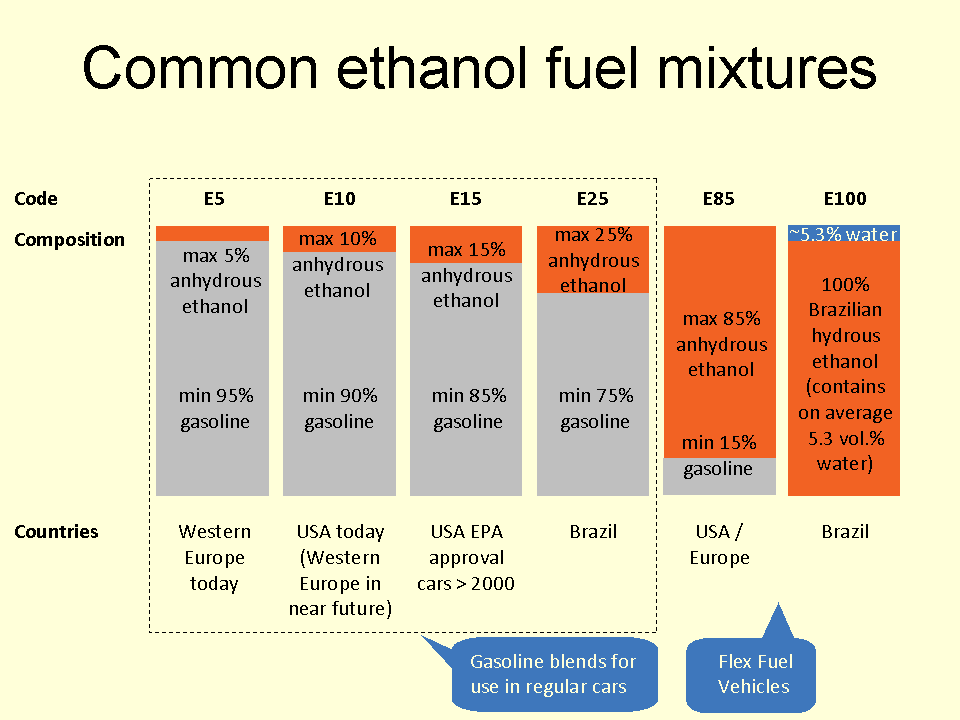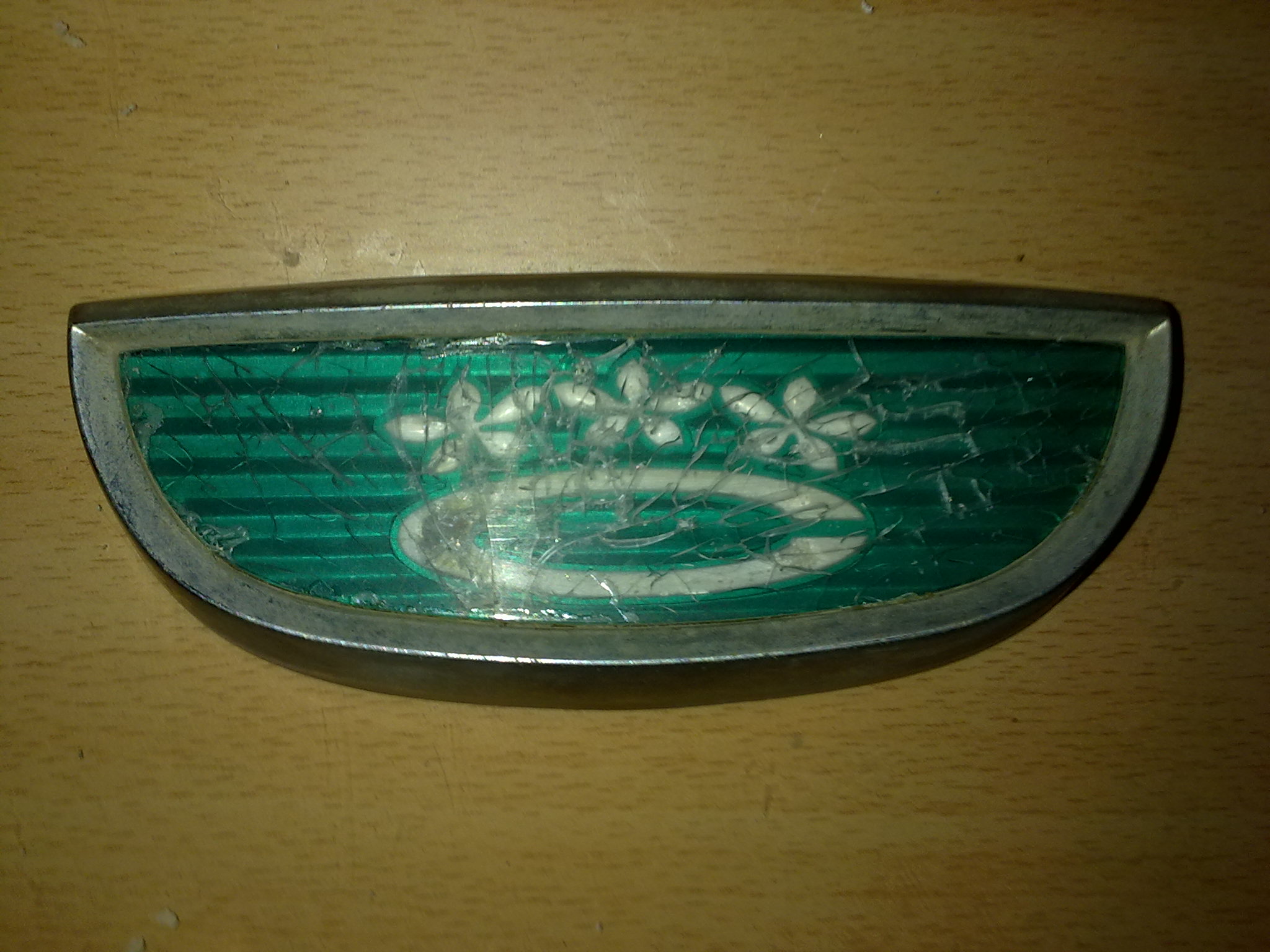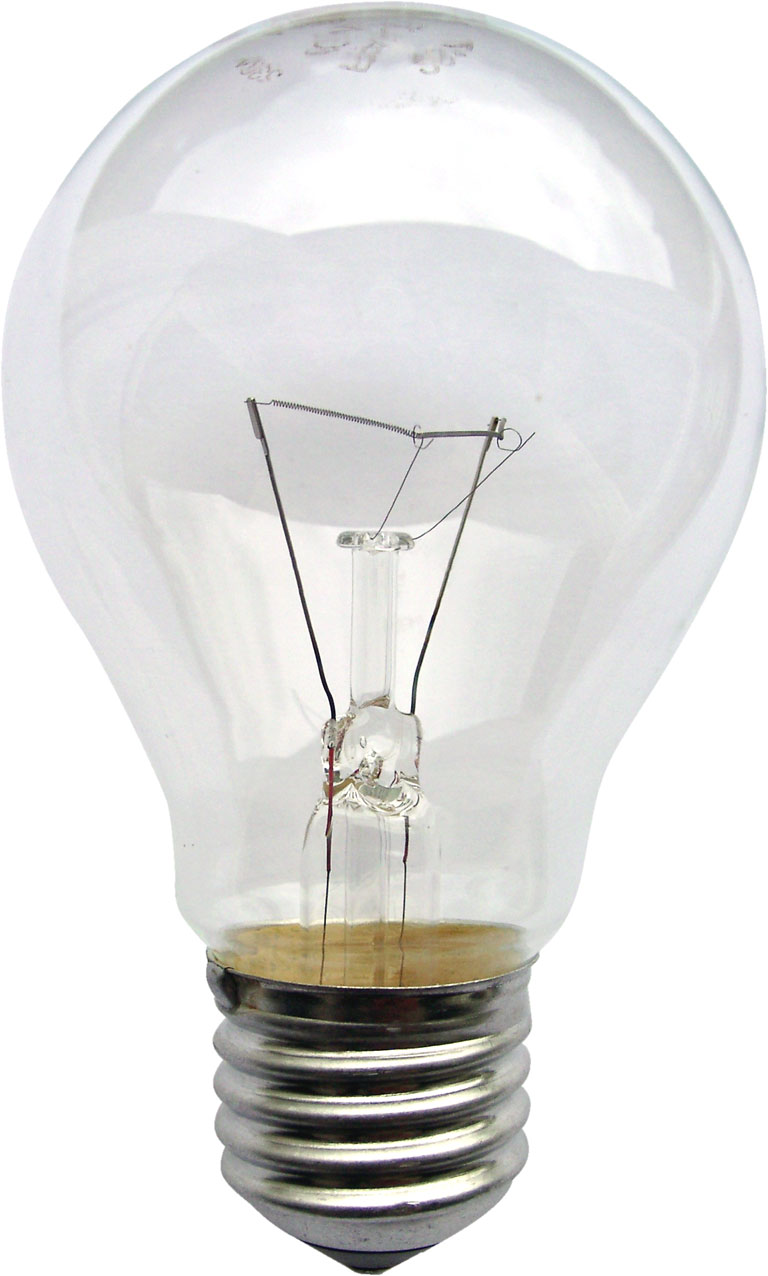|
E10
E10, E 10 or E-10 may refer to: * E10 fuel, see Common ethanol fuel mixtures#E10 or less, a mixture of 10% ethanol and 90% petrol * Diabetes mellitus type 1 ICD-10 code * Entertainment Software Rating Board: E10+, the symbol for Everyone 10+, indicating material that may not be suitable for those under 10 * E10 screw, a type of Edison screw * Olympus E-10, a single-lens reflex camera digital camera from 2000 * Queen's Pawn Game, Encyclopaedia of Chess Openings code * The 10 elected members of the United Nations Security Council * E10 (Lie algebra), a mathematical structure Routing * E10 European long distance path * E10, a postcode district in the E postcode area of east London * European route E10 * London Buses route E10 * Higashikyushu Expressway (between Kitakyushu JCT and Kiyotake JCT) and Miyazaki Expressway, route E10 in Japan * New Pantai Expressway, route E10 in Malaysia Vehicles * Chevy E10, an electric vehicle * DB Class E 10, a 1952 German electric locomotive ... [...More Info...] [...Related Items...] OR: [Wikipedia] [Google] [Baidu] |
Common Ethanol Fuel Mixtures
Several common ethanol fuel mixtures are in use around the world. The use of pure anhydrous, hydrous or anhydrous ethanol in internal combustion engines (ICEs) is only possible if the engines are designed or modified for that purpose, and used only in automobiles, light-duty trucks and motorcycles. Anhydrous ethanol can be blended with :gasoline (petrol) for use in gasoline engines, but with high ethanol content only after engine modifications to meter increased fuel volume since pure ethanol contains only 2/3 of the BTUs of an equivalent volume of pure gasoline. High percentage ethanol mixtures are used in some racing engine applications as the very high octane rating of ethanol is compatible with very high compression ratios. Ethanol fuel mixtures have "E" numbers which describe the percentage of ethanol fuel in the mixture by volume, for example, E85 is 85% anhydrous ethanol and 15% gasoline. Low-ethanol blends are typically from E5 to E25, although internationally the most c ... [...More Info...] [...Related Items...] OR: [Wikipedia] [Google] [Baidu] |
Zenos E10
The Zenos E10 is a mid-engined sports car designed and produced by the British manufacturer Zenos Cars. First announced to the press in September 2013, pre-production car was made available to the press in October 2014. Production started in Norfolk in January 2015, and ceased at the end of 2016 when the company fell into administration at the start of 2017. The ‘E’ in the car's name is taken from managing director and co-founder Mark Edwards’ surname, while the ‘10’ signifies that this is the 10th car project he has been involved in. In September 2016, the company announced that it had built its 100th vehicle, which was an E10 R. Zenos E10 The car features an aluminium 'spine' to which a composite passenger ‘tub’ and front and rear subframes are attached. The ‘spine’ is believed to be the largest single aluminium extrusion used in any road car, with a torsional stiffness in excess of 10,000 Nm/degree. The composite ‘tub’ of the E10 is formed of a ‘ ... [...More Info...] [...Related Items...] OR: [Wikipedia] [Google] [Baidu] |
SJ E10
The Swedish State Railways class E10 was a type of steam locomotive which was used for freight traffic. Ten locomotives were built in 1947 as a slightly modified version of the older E9 class. They were used mainly on the Inland Line, before being placed in the strategic reserve, where some remained until 1990; five of them have been preserved. History In the 1940s the Swedish State Railways (SJ) saw a need for modern steam locomotives for freight traffic on the Inland Line and in southern Norrland. When the private railway company '' Halmstad–Nässjö Järnväg'' (HNJ) was nationalized in 1945, their G12 class three-cylinder 4-8-0 locomotives became the E9 class of SJ. Impressed by these smooth-running locomotives with high traction and a low axle load, SJ ordered ten E10 locomotives from NOHAB, based on the E9. The E10 locomotives, delivered in 1947, were the last large steam locomotives built for the Swedish railways. The class differed from the E9 by having roller bea ... [...More Info...] [...Related Items...] OR: [Wikipedia] [Google] [Baidu] |
Toyota Corolla (E10)
The Corolla E10 was the first generation of cars marketed by Toyota under the Toyota Corolla, Corolla name. The Corolla was launched in Japan in November 1966 at a Japanese dealership sales channel called ''Toyota Corolla Store''. Eiji Toyoda said it took hard work to create popular demand, and disputed that Toyota rode a wave of private car ownership that was taking off in the mid-1960s. The Corolla's major competitor was the Nissan Sunny, Datsun 1000, released a few months earlier, along with the Subaru 1000 earlier in May. Its companion, the Toyota Sprinter, was sold at a different dealership sales channel called ''Toyota Auto Store''. The Corolla's development was largely influenced by the success and lessons learned from an earlier, smaller vehicle called the Toyota Publica, which used an air-cooled two-cylinder, Flat engine, boxer engine, inspired by the Citroën 2CV. The dealership that was named after the Corolla in Japan was previously known as the ''Toyota Public ... [...More Info...] [...Related Items...] OR: [Wikipedia] [Google] [Baidu] |
DB Class E 10
The class E 10 is an electric locomotive of the Deutsche Bundesbahn, introduced in 1952. It belongs to the '' Einheits-Elektrolokomotiven'' (standardised electric locomotives) program and was built for express passenger service. In 1968 the series was redesignated as class 110 (E10) and class 112 (E10.12). In 1988 the last series of class 112 locomotives were designated as class 114, and in 1991 the remaining locomotives of class 112 were designated as class 113. In 2006 38 locomotives were designated as class 115. Until 2020, individual locomotives of the 115 series were used for "special passenger trains". All locomotives of this series have now been retired from regular service by DB, but some are still in active use by private railway companies. Development history In 1950, the Deutsche Bundesbahn decided to develop two base types of electric locomotives with largely standardised components: A twelve-wheel (UIC: Co'Co') freight train locomotive as successor for the Clas ... [...More Info...] [...Related Items...] OR: [Wikipedia] [Google] [Baidu] |
European Route E10
European route E10 is the second shortest Class A road which is part of the International E-road network. It begins in Å, Norway, and ends in Luleå, Sweden. The road is about in length. The Norwegian part of the road is also named Kong Olav Vs vei (). The road follows the route Å – Leknes – Svolvær – Gullesfjordbotn – Bogen (Evenes) – Bjerkvik – Kiruna – Töre – Luleå. Most of the road is paved and two-lane, with the exception of some bridges between islands in Nordland. It has a speed limit in Sweden, and is usually 7–8 meters wide, enough to make encounters between heavy vehicles trouble-free. In Norway the road is much more twisting than in Sweden, and around 6–7,5 m wide usually with a speed limit of . New sections have been built wide in the last 15 years, but there are still many narrow parts left. Often, the width makes encounters between heavy vehicles tight. For the last 50 km, until Å, the ... [...More Info...] [...Related Items...] OR: [Wikipedia] [Google] [Baidu] |
JNR Class E10
The was a class of steam locomotives built for the Japanese Government Railways (JGR) in 1948 and designed by Hideo Shima. They were numbered E10 1-E10 5. Following the end of World War II the JGR was prohibited by GHQ from building new locomotives due to financial difficulties. However, an exception was granted for the E10s to replace the ageing JNR Class 4110 locomotives because it was not possible to substitute existing locomotives on the steep gradients of the Ōu Main Line where they were used. The E10 boiler was a unique design based on the JNR Class D52 with the fire grate area reduced by . Five locomotives were built by Kisha Seizo in 1948. They were the last steam locomotives built for Japanese National Railways. The last examples were withdrawn in 1962. Preserved examples One E10, E10 2, was preserved at Ome Railway Park in Ōme, Tokyo.Steam locomotives of Japan p.175 See also * Japan Railways locomotive numbering and classification This page explains the nu ... [...More Info...] [...Related Items...] OR: [Wikipedia] [Google] [Baidu] |
E10 European Long Distance Path
The E10 European long distance path or E10 path is one of the European long-distance paths, running from Finland through Germany, Czech Republic, Austria, Italy, France and follows the Mediterranean coast in Spain. European Ramblers' Association does not take any responsibility for E10 in Finland Finland, officially the Republic of Finland, is a Nordic country in Northern Europe. It borders Sweden to the northwest, Norway to the north, and Russia to the east, with the Gulf of Bothnia to the west and the Gulf of Finland to the south, ..., because there is no ERA Member Organisation in that country. References European long-distance paths Hiking trails in Austria Hiking trails in the Czech Republic Hiking trails in Finland Hiking trails in France Hiking trails in Germany Hiking trails in Spain {{Trail-stub ... [...More Info...] [...Related Items...] OR: [Wikipedia] [Google] [Baidu] |
E10 Screw
Edison screw (ES) is a standard lightbulb socket for electric light bulbs. It was developed by Thomas Edison (1847–1931), patented in 1881, and was licensed in 1909 under General Electric's Mazda trademark. The bulbs have right-hand threaded metal bases (caps) which screw into matching threaded sockets (lamp holders). For bulbs powered by AC current, the thread is generally connected to neutral and the contact on the bottom tip of the base is connected to the "live" phase. In North America and continental Europe, Edison screws displaced other socket types for general lighting. In the early days of electrification, Edison screws were the only standard connector, and appliances other than light bulbs were connected to AC power via lamp sockets. Today Edison screw sockets comply with international standards. Their types are designated as "Exx", such as "E26", where "xx" indicates the diameter of the socket in millimeters. History In the United States, early manufacturers of i ... [...More Info...] [...Related Items...] OR: [Wikipedia] [Google] [Baidu] |
Entertainment Software Rating Board
The Entertainment Software Rating Board (ESRB) is a self-regulatory organization that assigns age and content ratings to consumer video games in Canada, the United States, and Mexico. The ESRB was established in 1994 by the Entertainment Software Association (ESA, formerly the Interactive Digital Software Association (IDSA)), in response to criticism of controversial video games with excessively violent or sexual content, particularly after the 1993 congressional hearings following the releases of ''Mortal Kombat'' and '' Night Trap'' for home consoles and '' Doom'' for home computers. The industry, pressured with potential government oversight of video game ratings from these hearings, established both the IDSA and the ESRB within it to create a voluntary rating system based on the Motion Picture Association film rating system with additional considerations for video game interactivity. The board assigns ratings to games based on their content, using judgment similar to t ... [...More Info...] [...Related Items...] OR: [Wikipedia] [Google] [Baidu] |
Entwicklung Series
The ''Entwicklung'' series (from German language, German ), more commonly known as the E-Series, was a late-World War II attempt by Nazi Germany to produce a standardised series of tank designs. There were to be standard designs in five different weight classes (E-10, E-25, E-50, E-75 and E-100) from which several specialised variants were to be developed. Design standardisation was envisioned to bring improvements over extreme complexity of previous tank designs that resulted in poor production rates and mechanical unreliability. Overview The E-series designs were simpler, cheaper to produce and more efficient than their predecessors; however, they offered only modest improvements in armour and firepower over the designs they were intended to replace, such as the Hetzer, Jagdpanzer 38(t), Panther tank, Panther Ausf. G or Tiger II; and would have represented the final standardization of German armoured vehicle design. Indeed, nearly all of the E-series vehicles—up to and inc ... [...More Info...] [...Related Items...] OR: [Wikipedia] [Google] [Baidu] |
Higashikyushu Expressway
The is one of the expressways of Japan from Kitakyūshū (and the bridge to Honshū) to east of Kagoshima linking with the Kyushu Expressway. It runs north to south, through the prefectures of Fukuoka, Oita, Miyazaki and the Kagoshima prefectures. The freeway runs entirely on the island of Kyūshū. The total length is 500 km. Overview The first section of the expressway was opened to traffic in 1999. As of March 2009 the expressway is incomplete in many areas. The section between Soo Yagorō Interchange and Sueyoshi Takarabe Interchange opened in 2010. Most of the incomplete areas were built according to the New Direct Control System, whereby the burden for construction costs will be shared by the national and local governments and no tolls will be collected. Currently the section between Saiki Interchange and Nobeoka Minami Interchange, and Kanoya Kushira Junction and Sueyoshi Takarabe Interchange operates according to this principle. The expressway is 4 lanes fr ... [...More Info...] [...Related Items...] OR: [Wikipedia] [Google] [Baidu] |





